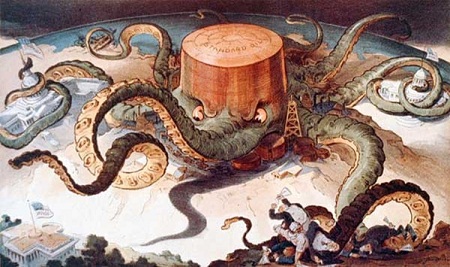 The Panda update first attacked on February 2011. It was surprising and brutal as many sites traffic has been sliced by more than 90% without any differentiation of age and type. Since the first attack, the Panda continues to strike every month or so, leaving more casualties down the way.
The Panda update first attacked on February 2011. It was surprising and brutal as many sites traffic has been sliced by more than 90% without any differentiation of age and type. Since the first attack, the Panda continues to strike every month or so, leaving more casualties down the way.
However, the last update in January 2012 was very moderate. It was so moderate that only SEO professionals noticed that something has changed and even then, they couldn’t point out on specific date for its occurrence, but only on a confirmation from Google that there was a data refresh at that recent period of time.
The Panda update weakness is even more surprising if considering the fact that the prior update has occurred two months before in November 2011, the longest gap ever between two updates (It was suppose to impact like two updates). How is it possible that once a deadly periodical search algorithm update has became so light?
“Integrated Into The Pipelines”
At this point i wish to direct you to Google search changes announcement from last week. In one of the sections, it referred to the Panda update stating that there was some minor refresh for the Panda. But this wasn’t the most interesting part…. Here’s what also been stated about it:
“We improved how Panda interacts with our indexing and ranking systems, making it more integrated into our pipelines.”
Does this statement means that Google has combined the Panda (or big parts of it) into the other search ranking algorithm signals/factors? I believe that this is exactly what it means. To be more clear- To make the Panda PART of the general algorithm and NOT SEPARATE one.
Panda Algorithm As Standard Oil
Google intends to provide better relevant results in real time and not on a monthly-basis (the Freshness algorithm is a proof for that). While the Panda managed to filter low quality sites and pages, it has been “refreshed” every 3-6 weeks. This periodic update is almost equals to eternity in terms of information relevancy nowadays.
Additionally, the Panda contained too many search signals in one algorithm such as quality of content, site’s structure, social media signals and more. With so much power and seldom data refresh concentrated in one algorithm, things had to change.
In what appears as a solution, Google has began a process of disassembling the Panda (at least most of it) and integrating its parts into different search algorithm signals. The process isn’t over yet and this is why there are still data refreshes, however, the effect of the Panda as one algorithm that attacks at once is much weaker than what it used to be.
Although it is different in so many things, this whole situation is resembling to the Standard Oil company story from 100 years ago- Something that grown to be so big, that eventually became too big and had to be dissolved…
